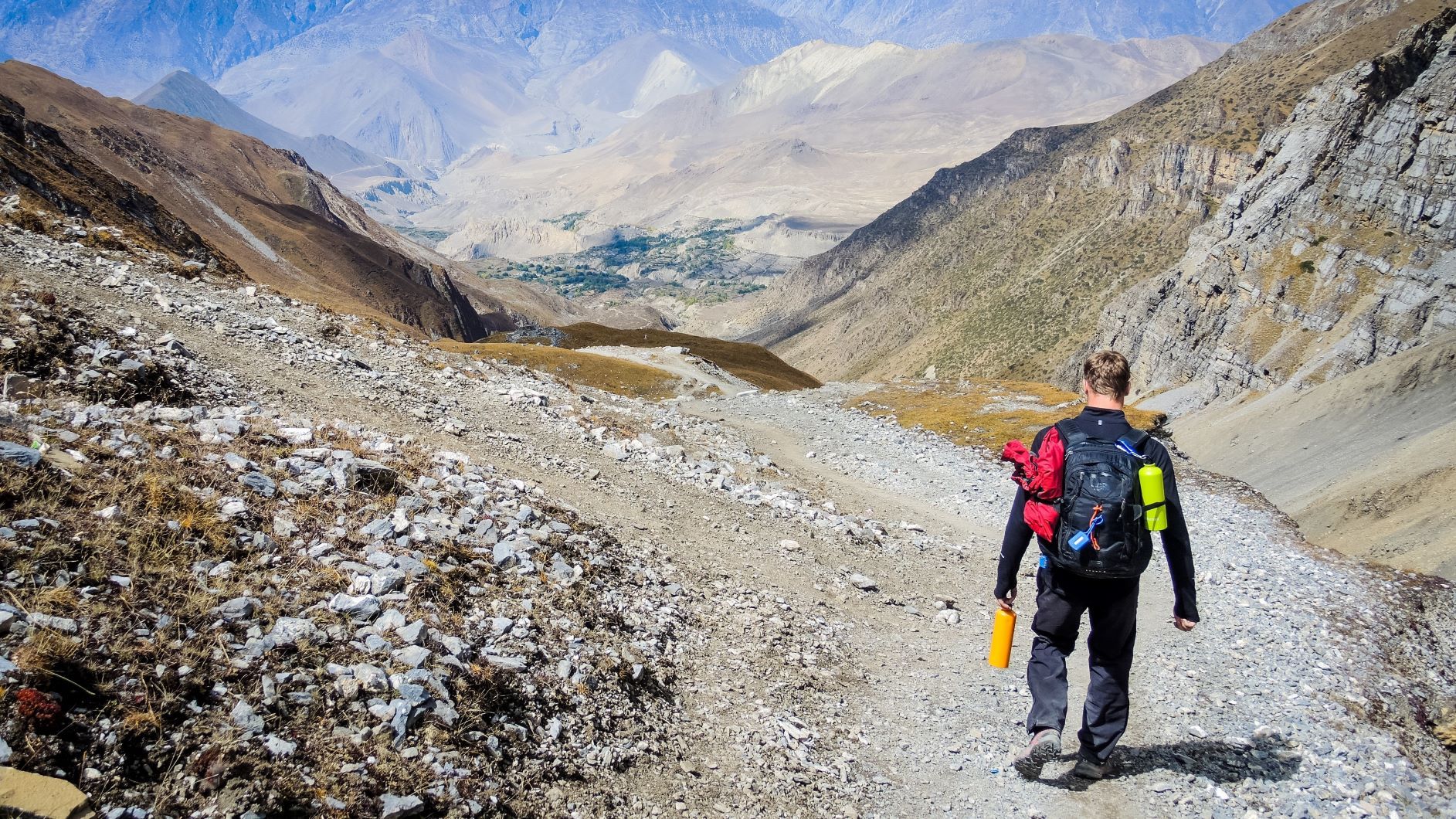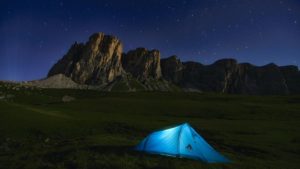Water. Don’t leave home without it.
The most experienced backpackers and hikers know an important secret about safety when hiking. Hydration is arguably the most important item on your supply list.
Here’s why it’s so important and why you should think very carefully and plan very diligently about where you will get your water and how you will purify it and transport it on your hiking or backpacking trip. Keeping hydrated on the trail is extremely important for your survival, because without enough water in your system, all kinds of bad symptoms will occur: muscle cramps, major headaches, fatigue, heat exhaustion, heat stroke and acute mountain sickness are all made worse or caused by dehydration.
We cannot stress enough the importance of carrying the right amount of water. You should drink at least half a liter of water per mile, and more if you are going uphill or if you are in a very hot area. You should always carry between four and six liters of water with you, unless you are going on a very short hike, even if it means carrying more weight than you would prefer (each liter of water weighs about 2.2 pounds).
Hiking hydration tip
Never pass up an opportunity to fill your water containers while hiking. Always start out your hike with a full load of water and don’t depend on the availability of water at some future point on the trail, you may end up disappointed and headed toward dehydration.
Let me give you a real-life example of this principle.
On the last day of our 2006 Philmont Trek in the New Mexico mountains, we had over 10 miles to cover, including a good bit of elevation to climb. Not everyone started with a full load of water, because the map showed a mountain stream at the top of our first climb (about an hour into the hike).
Why load up with heavy water for the steep climb, right?
You guessed it — the water source was dried up and there was no other water source for the rest of the day.
Thankfully, enough of the crew had filled their containers that we were able to get everyone through the day successfully, but the water supply was running very low at the end.
I repeat: Never pass up an opportunity to fill your water containers!
Backpacking Water Containers
Most backpacks have pouches on the sides that are designed specifically to hold 1-liter bottles of water. You can use any type of 1-liter bottle, but there are advantages to using bottles designed for hiking and backpacking.
Using normal plastic water bottles that you buy in the grocery store is a good way to get your backpack wet, as the caps can come off easily.
Water bottle tip
If you decide to take water bottles as part of your hiking hydration system, go ahead and get some good quality 1-liter bottles. The best ones have wide mouths (easy to mix in Gatorade packets, and easy to clean), secure lids that are attached to the bottle (can’t drop the lids in the dirt), and are sturdy enough to take some abuse on the trail.
Another way of carrying water is a bladder system. The bladder is a flexible plastic container with a hose that leads right up to your mouth. These are very convenient, and some can hold three liters. However, they can be punctured easily, have to be cleaned often, and are a bit more expensive.
Water Purification
Water purification is also an extremely important item for your hiking hydration planning list. If you are gathering water from a natural water source, even running water, it is in your best interest to purify it.
Unpurified water can have loads of interesting things to look at, but obviously you don’t want to drink them unless absolutely necessary.
If you follow the rule and always fill up your hiking hydration containers when you have a chance, you may be able to replace some “floatie” water with better water later on, but at least you won’t run dry.
The most common method for water purification is iodine tablets. All you have to do is drop in one tablet per liter, wait 30 minutes, and you’re set to drink it. Others prefer to use water pumps, which purify water more thoroughly, but these take more time and sometimes can easily get clogged, requiring extra time for cleaning them. The oldest method is to boil the water, but this can take a while and does not always work as completely as the other methods.
Whatever hiking hydration system you choose, be sure to take a few extra minutes when preparing for your trip to double-check that you have everything you need.
Water. Don’t leave home without it and never pass up an opportunity to get more of it!



